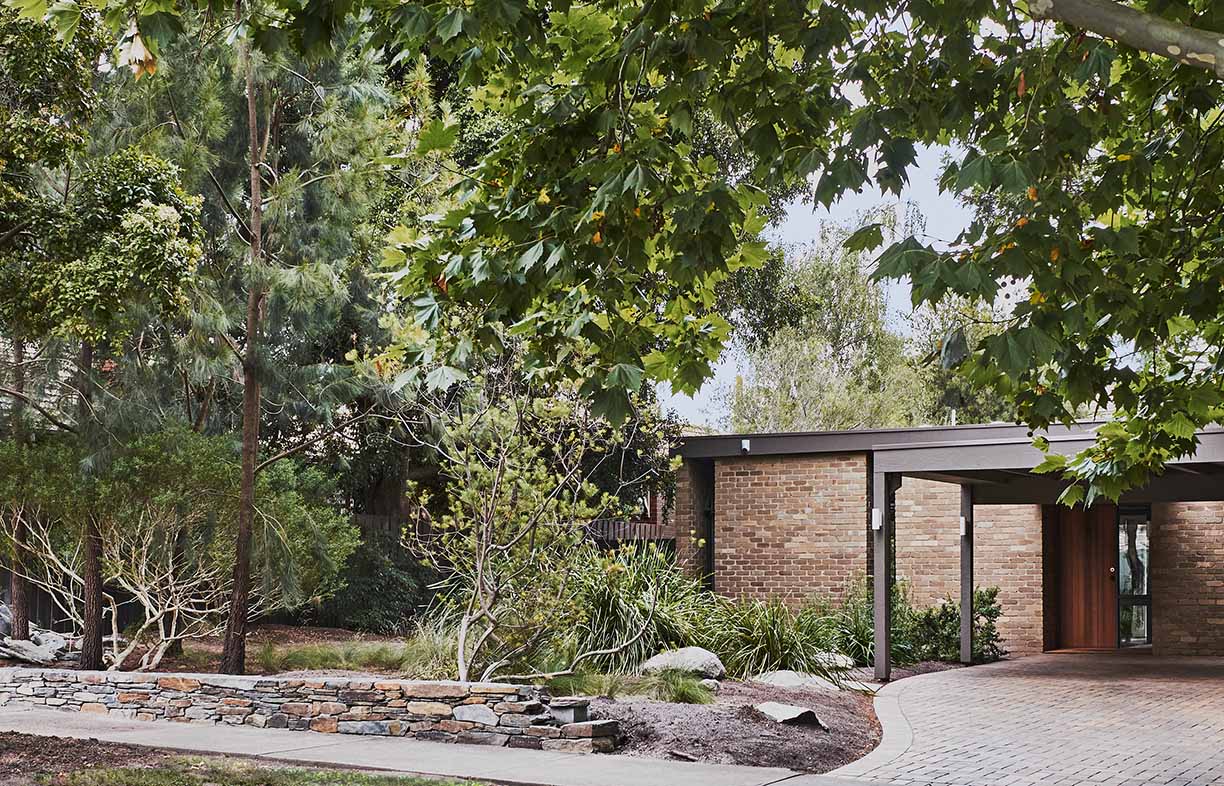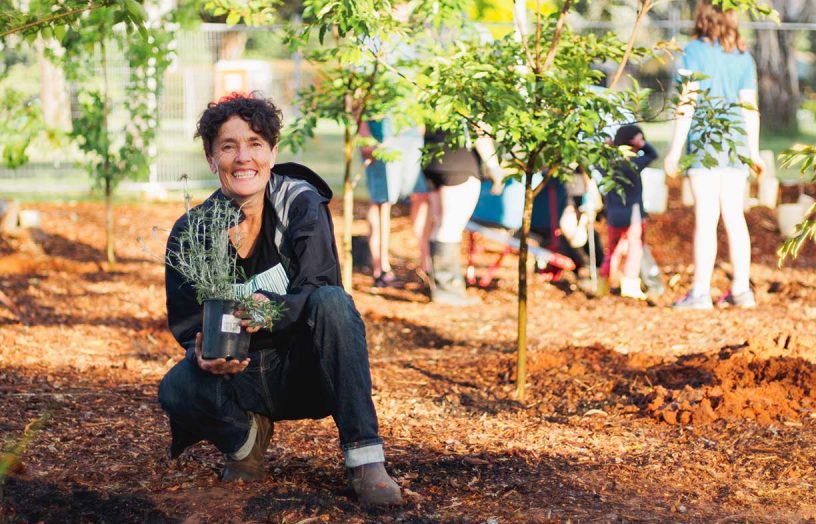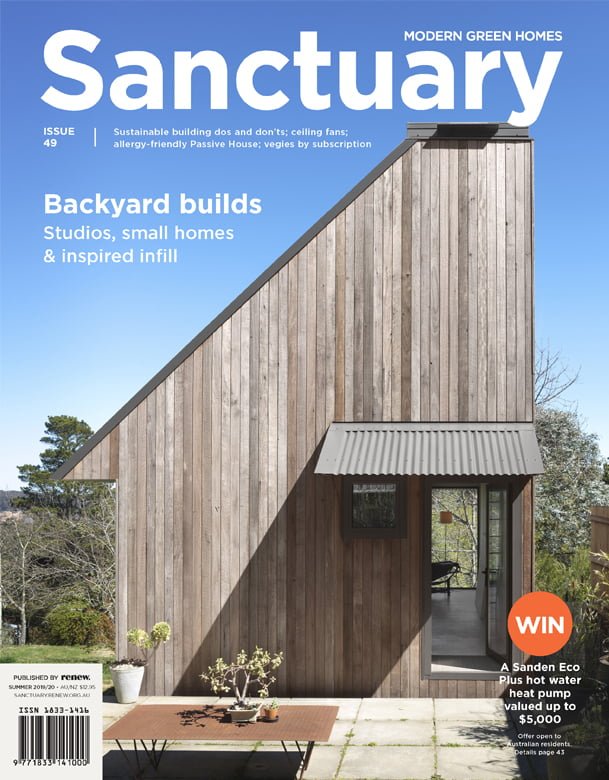Why Australian architects are declaring a climate emergency

Readers of this magazine will be very familiar with both the need for and benefits of a sustainable – or better, regenerative – construction industry. I am sure that like me, they are also astounded at the lack of real and effective action in this arena. Finally, though, things are a-changing.
More broadly, the climate science is clear and it is becoming increasingly obvious that we are facing nothing short of a climate emergency. In this context, and for the first time in history, architects have banded together globally to take a leadership position on sustainability. Architects Declare is an international call to action to acknowledge the twin crises of climate breakdown and biodiversity loss as the most serious issues of our time and declare a climate emergency. In July this year, it was launched in Australia.
Within a month, almost 500 architects – including 12 Australian Institute of Architects Gold Medallists and Australia’s only Pritzker Architecture Prize winner – had pledged through Australian Architects Declare to take action. Not just the die-hard environmentalists of our profession have added their voices, but the widest possible range of architects who all realise they can – and must – be part of the solution to the emergency we face.
The first declaration was made on 30 May this year by the 17 winners of the UK’s prestigious architecture award, the Stirling Prize – see www.architectsdeclare.com for more. The Architects Declare movement has since expanded to other countries including Norway, Italy, New Zealand and Canada, and similar declarations have now been made by engineers, landscape architects, students, educators and other industry professionals throughout the world via www.constructiondeclares.com.
For everyone working in the construction industry, meeting the needs of our society without breaching the earth’s ecological boundaries will demand a paradigm shift in our behaviour. Together with our clients, we will need to commission, design and construct buildings, cities and infrastructure as indivisible components of a larger, constantly regenerating and self-sustaining system.
As readers of Sanctuary know, the research and technology exist for us to begin that transformation now. What has been lacking is collective will.
The movement is spontaneous, de-centralised and non-hierarchical, and is by its very nature disruptive. Instead of relying on governing bodies or associations to take the lead, it urges each architect to take responsibility for action in their own lives and practices. Through inverting the traditional method of advocacy and policy deployment, the movement fosters a bottom-up approach to community-led change-making.
Specifically, each architect joining the movement pledges to:
- Raise awareness of the climate and biodiversity emergencies and the urgent need for action amongst our clients and supply chains
- Advocate for faster change in our industry towards regenerative design practices and a higher governmental funding priority to support this
- Establish climate and biodiversity mitigation principles as the key measure of our industry’s success, demonstrated through awards, prizes and listings
- Share knowledge and research to that end on an open source basis
- Evaluate all new projects against the aspiration to contribute positively to mitigating climate breakdown and encourage our clients to adopt this approach
- Upgrade existing buildings for extended use as a more carbon efficient alternative to demolition and new build, whenever there is a viable choice
- Include life cycle costing, whole life carbon modelling and post occupancy evaluation as part of our basic scope of work, to reduce both embodied and operational resource use
- Adopt more regenerative design principles in our studios, with the aim of designing architecture and urbanism that goes beyond the standard of net zero carbon in use
- Collaborate with engineers, contractors and clients to further reduce construction waste
- Accelerate the shift to materials with low embodied carbon in all our work
- Minimise wasteful use of resources in architecture and urban planning.
Importantly, the Australian Declaration introduced a new point to the original declaration from the UK: “We acknowledge that we as architects are aware that Aboriginal and Torres Strait Islander peoples have long espoused the cultural, social, economic and environmental benefits embedded in the holistic relationship of Caring for Country.”
Regenerative design is about so much more than energy-efficient buildings. According to regenerative development research and consultancy group Regenesis, it is “an approach that is about enhancing the ability of living beings to co-evolve, so that our planet continues to express its potential for diversity, complexity and creativity.” We need to shift our current way of seeing ourselves as separate from nature and design to enhance our symbiotic relationship with the living places we inhabit. Aboriginal and Torres Strait Islanders know this. For architects, this involves commitments such as incorporating biophilic design into our processes to connect building occupants with the natural environment and employing whole-of-system thinking to create resilient, restorative systems.
The biggest challenge I think we will all face is managing expectations that we can continue working and designing as we have done in the past, with some minor tweaks to address some of these issues. Instead, we need to focus our creative talents on the opportunities that can emerge when we truly understand and engage in the pledges we have made, and bring our clients, consultants and builders along on this journey with us.
With over 660 registered architects and practices signed up at time of writing and signatories increasing every week, this is an overwhelming endorsement of the need for architects to collectively address this issue with great urgency. The engagement of industry and the community is critical to this endeavour and its success.
As Chair of 1 Million Women, a group that is all about helping women to build a lifestyle revolution to fight the climate crisis through daily actions, I understand how empowering it is to just start, and act. As actions succeed, we find it is not so hard, and we are emboldened to do more. So too will architects find their own individual and collective power to be creative and make architecture that is better for our clients and also for the planet.
We hope architectural practice will be changed forever – moved at last in this direction by this highly energised movement that is right for this time.
Get on board
If you’re planning a build or renovation, have a conversation with your architect or designer about whether they have joined the Declare movement and what specific actions they are taking. The list of signatories on the Australian Architects Declare website is regularly updated (au.architectsdeclare.com).
What’s already happening?
Australian Architects Declare signatories and allied professionals have already begun to influence advocacy and policy. Early initiatives have included meeting with mayors and councillors around the country – so far, in Melbourne, Sydney, Brisbane, Fremantle and Hobart – to discuss the climate emergency and the built environment; attending the Global Climate Strike on 20 September in seven cities, with ‘Architects Declare a Climate Emergency’ banners; and the launch of a West Australian branch of Architects Declare Australia.
Within a month of the Australian Institute of Architects’ endorsement of the declaration of a climate emergency, Engineers Australia and other peak industry bodies began considering their position on the climate emergency and how this would impact members’ professional and ethical obligations. The Australian Institute of Landscape Architects declared a climate emergency on 28 August and Australian engineers did likewise on 20 September.
Further reading
 Ideas & Advice
Ideas & Advice
Energy efficiency front and centre: A renovation case study
Rather than starting again, this Melbourne couple opted for a comprehensive renovation of their well laid out but inefficient home, achieving huge energy savings and much improved comfort.
Read more Outdoors
Outdoors
Pocket forests: Urban microforests gaining ground
Often no bigger than a tennis court, microforests punch above their weight for establishing cool urban microclimates, providing wildlife habitat and focusing community connection. Mara Ripani goes exploring.
Read more


